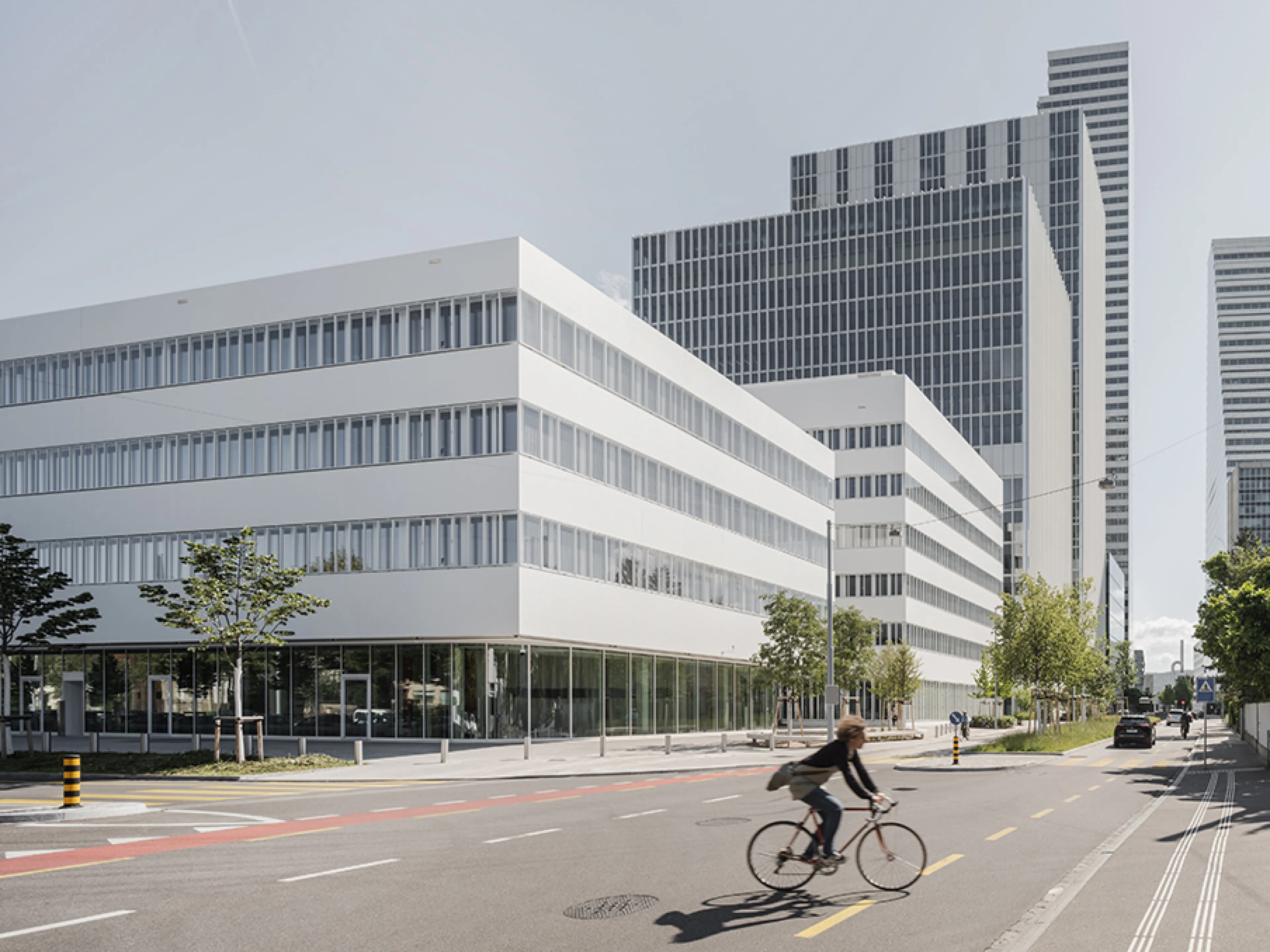
Due to the strong demand for new medicines and diagnostics, Roche increased its sales by three percent to CHF 60.5 billion in 2014. In the previous year, sales amounted to CHF 58.7 billion. Adjusted for currency effects, sales even rose by seven percent. Core operating profit rose by eight percent as a result of higher sales, an improved gross profit margin and efficient cost management. CEO Thomas Schinecker emphasizes: "2024 was a strong year for Roche. In the fourth quarter, we continued our very positive momentum for the third consecutive quarter with Group sales growth of 9% (CER). Core earnings per share exceeded the guidance raised at half year."
Two new drugs for the treatment of difficult-to-treat breast cancer and a serious blood disorder made a significant contribution to the result. In addition, a new solution for continuous blood glucose monitoring and the introduction of a fully automated mass spectrometry system. Schinecker adds: "Last year, we substantially strengthened our pipeline through the acceleration of internal key programmes and new partnerships and acquisitions such as Poseida Therapeutics for cell therapy in oncology and autoimmune diseases. Roche is well positioned for future growth.”
Pharmaceuticals Division of Roche increases sales
Sales in the Pharmaceuticals Division increased by eight percent on a currency-adjusted basis, driven by higher demand for newer medicines. The main growth drivers were medicines for the treatment of severe eye diseases, breast cancer, multiple sclerosis and hemophilia A. In the USA, sales rose by nine percent. The most important growth drivers more than compensated for the decline in sales of an active ingredient for the treatment of severe eye diseases and the decline in sales of drugs whose patent protection has expired.
In Europe, sales rose by eight percent. In Japan, sales fell by 16 percent. This is due to the high sales of a drug for the treatment of Covid-19 in the first half of 2023, which were discontinued in 2024. The International region recorded sales growth of 17 percent, led by China, Canada and Brazil.
With 71 new active ingredients and a total of 122 projects, Roche has a promising pipeline with a broad range of therapeutic approaches. Investments in pharmaceutical research and development rose by one percent to CHF 11.1 billion. Oncology remains Roche's most important area of research. The pharmaceutical company also invested heavily in the areas of immune, cardiovascular, renal and metabolic diseases.
Higher demand for immunodiagnostics, pathology and molecular diagnostics
Sales in the Diagnostics Division increased by four percent, which is attributable to lower demand for Covid-19 tests compared to the previous year. The Diagnostics Division's core business continued to show strong growth momentum with a currency-adjusted increase of eight percent. This was particularly evident in the increased demand for solutions for immunodiagnostics, pathology and molecular diagnostics.
Overall, sales in the Diagnostics Division rose by four percent to CHF 14.3 billion. This reflects the expected decline in demand for Covid-19 products. In the EMEA region, sales grew by five percent. This is attributable to higher sales of immunodiagnostics, clinical chemistry tests and advanced staining solutions. The basic business in North America grew in all customer segments. In the Asia-Pacific region, sales decreased by five percent as higher sales of immunodiagnostics were offset by lower demand for Covid-19 tests, as expected.
Outlook from Roche for 2025
Roche expects mid-single-digit sales growth at constant currency. Core earnings per share are targeted to grow in the high single-digit range.









